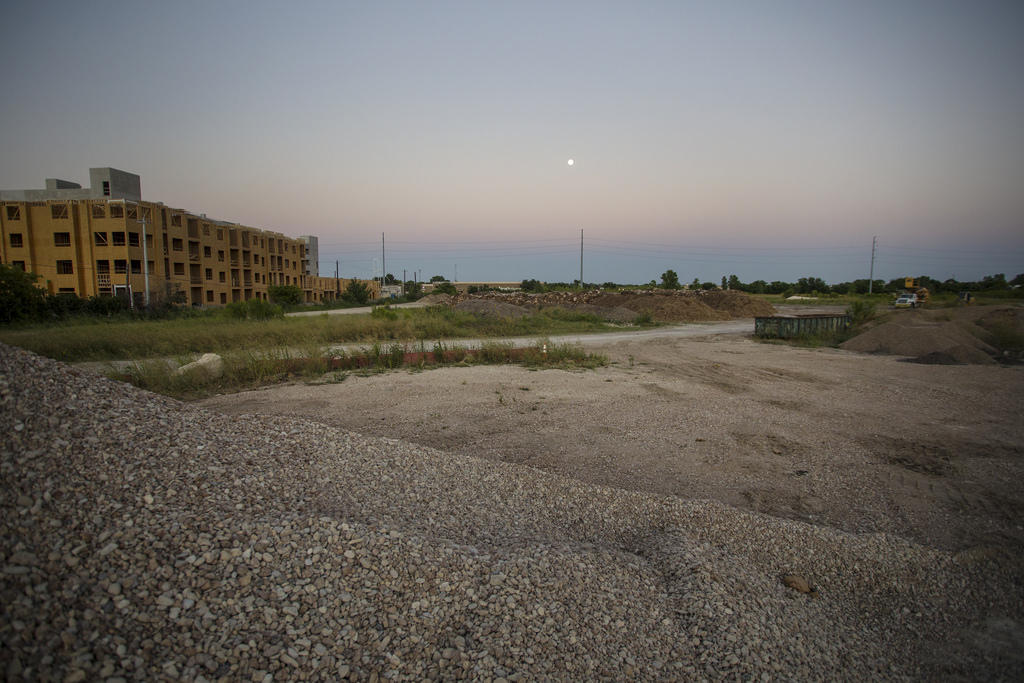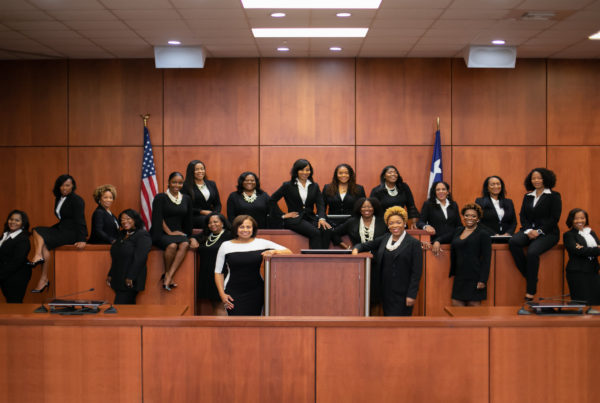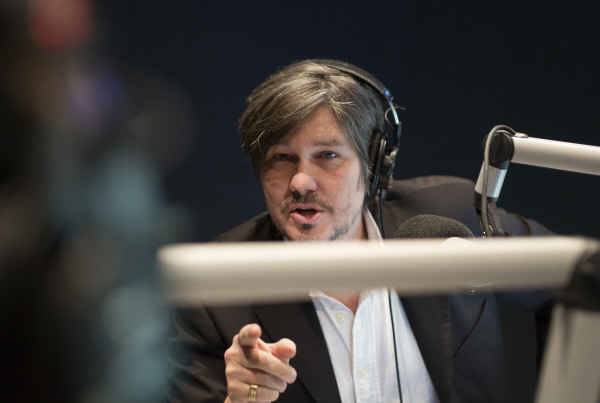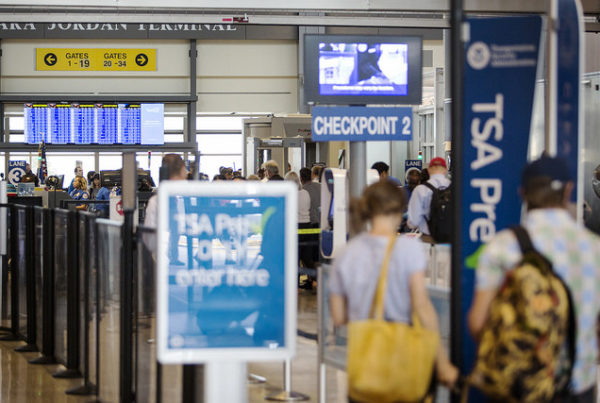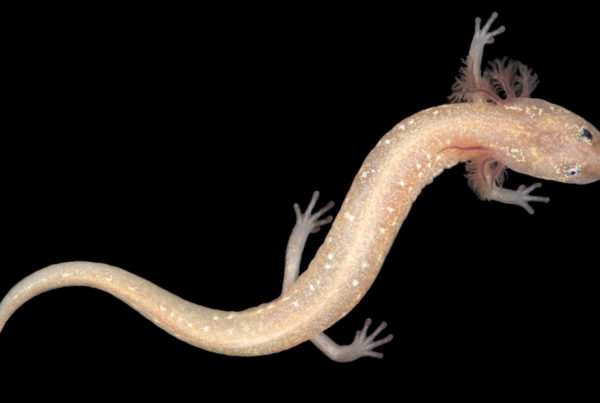From KUT:
Way before the prospect of professional soccer in Austin, the tract of land near Burnet Road and Braker Lane where a stadium is planned was sort of an anything-goes, edge-of-town industrial area.
In 1949, the University of Texas had turned an old Army magnesium plant into the J.J. Pickle Research Center, which is home to a nuclear reactor.
Reichhold Industries opened a chemical plant nearby in 1958 on a lot bordered by Burnet, Braker and McKalla Place. The plant manufactured chemicals to support Reichhold products like fiberglass.
Mike Kolbeson did maintenance for Reichhold for a few years in the mid-1970s while pursuing a biology degree at the University of Texas. He said his job took him all over the plant to vats, pipes, pumps and chillers, where the company made a series of organic peroxides like benzoyl peroxide.
These chemicals can be quite explosive. Benzoyl peroxide is used in acne creams and to bleach hair. It’s stable when in a solvent or paste, but when it’s not wet? Not so stable; it can ignite on its own.
The plant also made tert-Butyl hydroperoxide, which Kolbeson said was probably the most dangerous.
“We never had a problem with that as far as I know of,” he said. But, he said, vegetation in the area “was pretty scarce and liked to die off pretty quickly. I’ll put it that way.”
Grass that did survive created another hairy situation to maintain.
Over the years, benzoyl peroxide accumulated in the grounds outside, Kolbeson said, primarily behind the plant.
Mowing the lawn often meant small smoke puffs and sometimes maybe a small fire, though nothing a hose couldn’t handle, he said.
This was only a few years after the Environmental Protection Agency was created. Watershed rules were loose. The Safe Drinking Water Act was not signed into law until December 1974.
Kolbeson said there were a few minor explosions at the plant while he worked there. In one incident, his brother – also employed there – broke his arm while jumping away from a fire.
But the big one came in 1985, and Reichhold was forced to close the facility. It sat dormant until the city bought the land a decade later.
In 2003, the city decided to begin developing the land for Austin Water. While in the site preparation phase, four construction workers were injured in another explosion.
It was believed that the workers made contact with a buried glass bottle containing one of the peroxides. The city then sued Reichhold to cover the continued cleanup of McKalla Place. The company settled for $3.6 million.
The site was remediated and, once again, was left alone.
Fast forward to last August.
Austin City Council approved a multi-use development that will include a concert venue, open park space, affordable housing and soccer stadium. Last month, all parties agreed to a 20-year lease.
“The site’s been mitigated and cleared and studied and analyzed and released,” Mayor Steve Adler said.
That “release” is according to a 2017 letter from the Texas Commission for Environmental Quality. The agency cleared the unlimited use of the land, determining its environmental risk “low.”
“We’ve been assured that this is a piece of dirt,” Adler said. “You know, it’s an old abandoned tract, but we can now put it to this really good use.”
With the lease signed, construction is set to begin later this year and the stadium is scheduled to be ready for the 2021 season.


